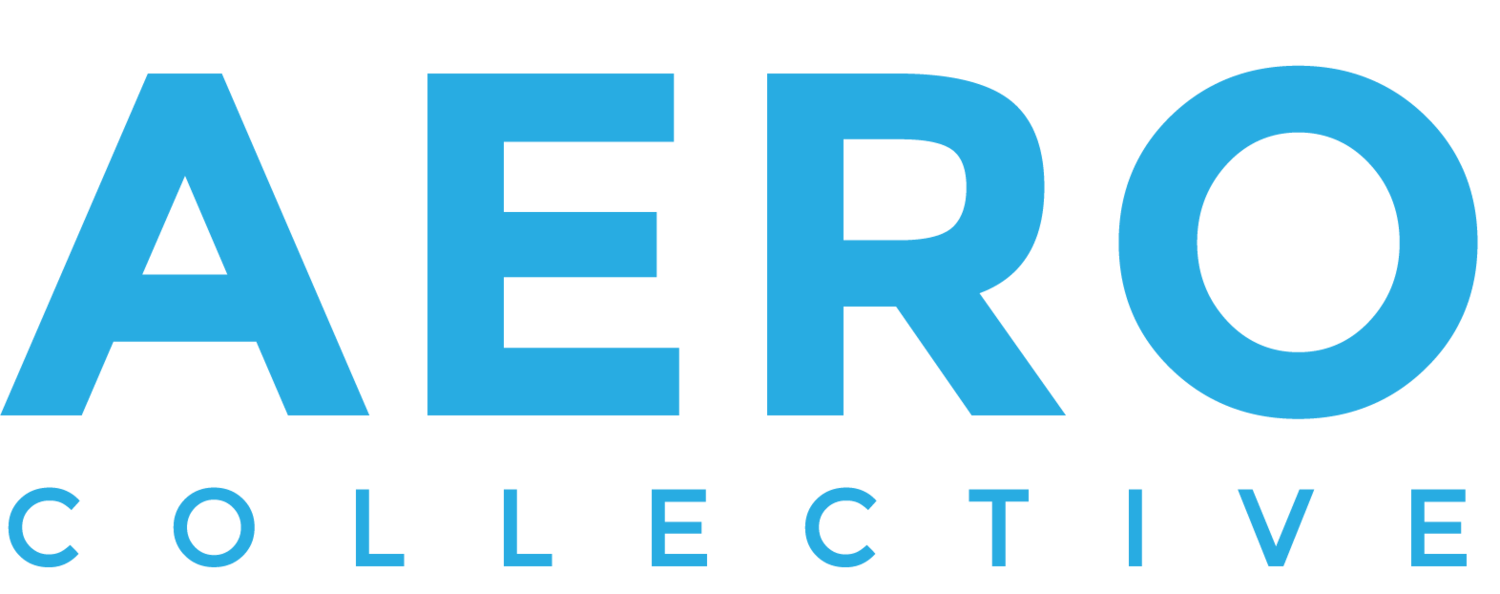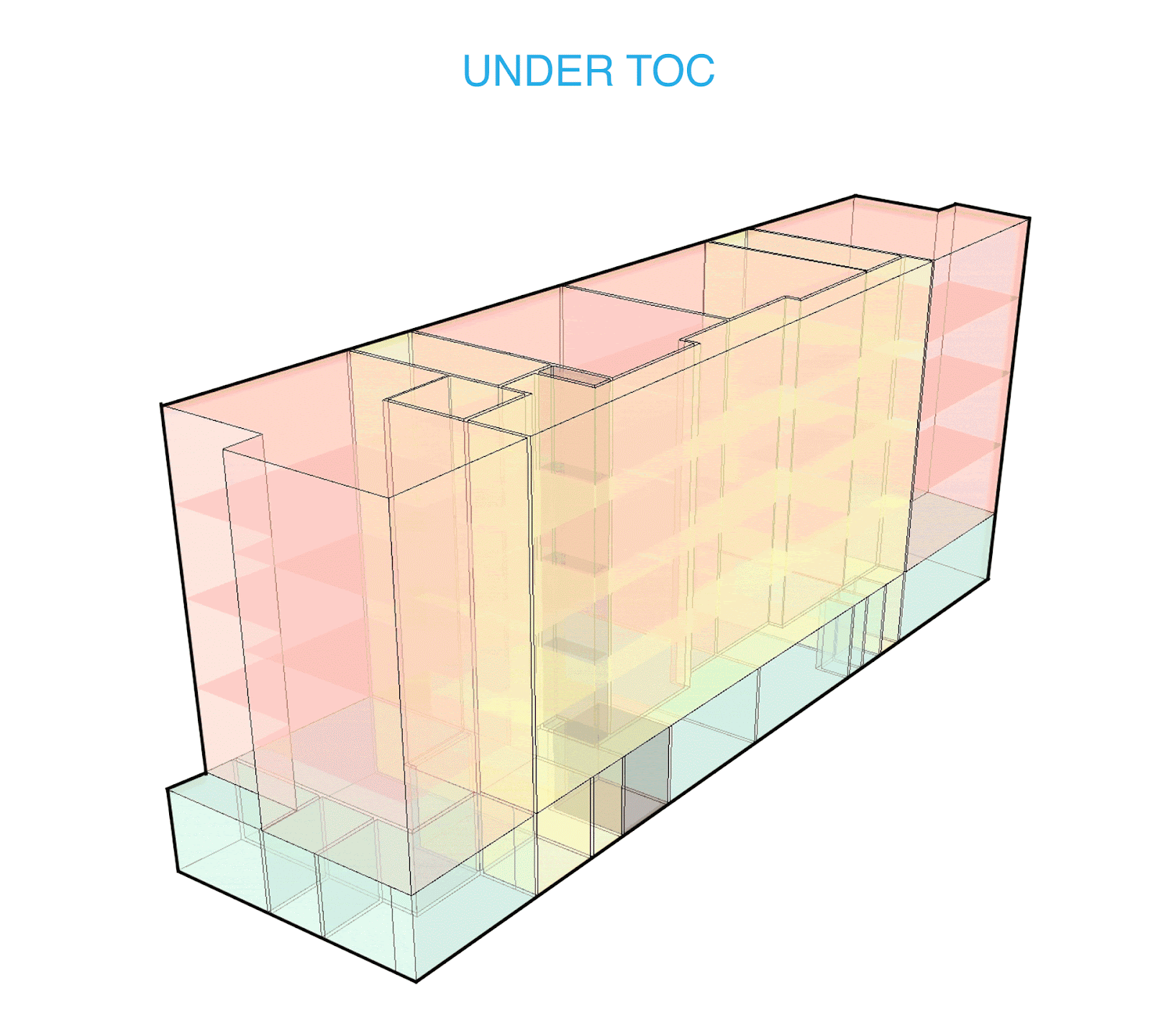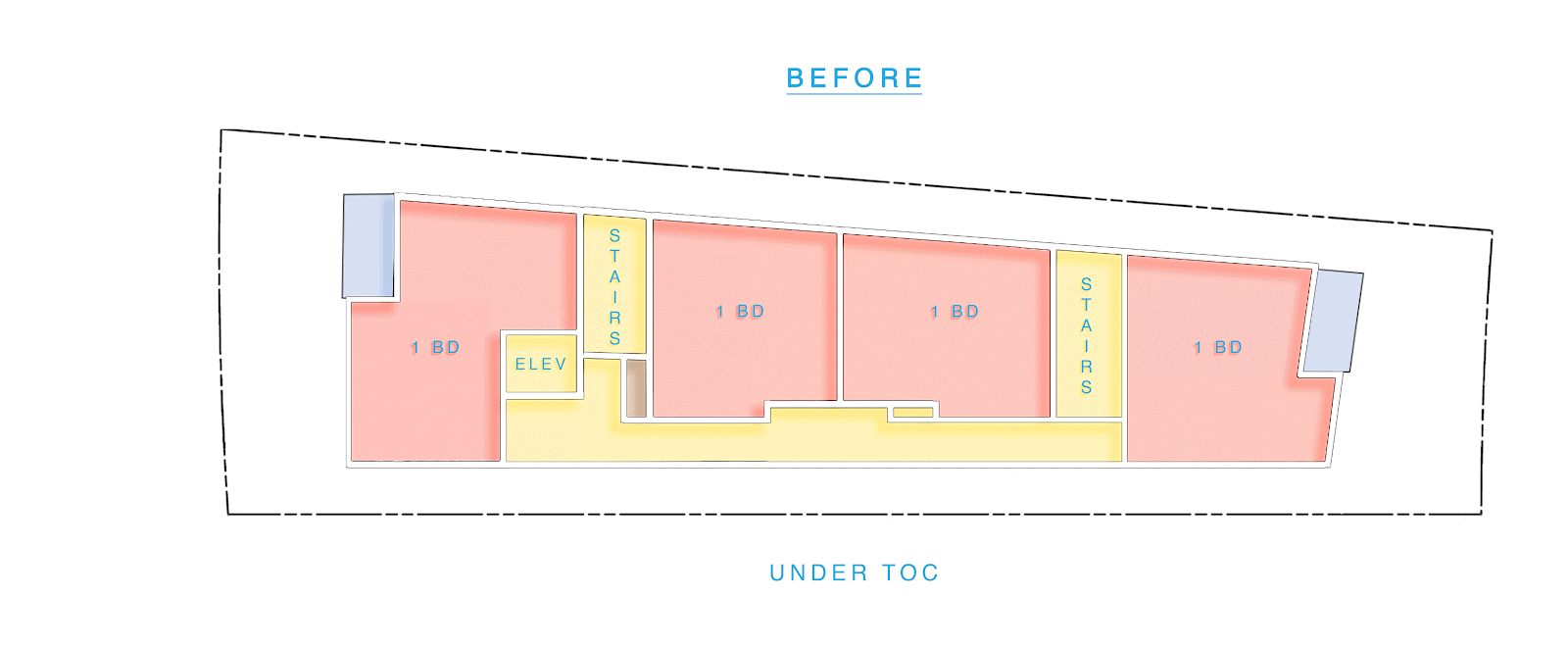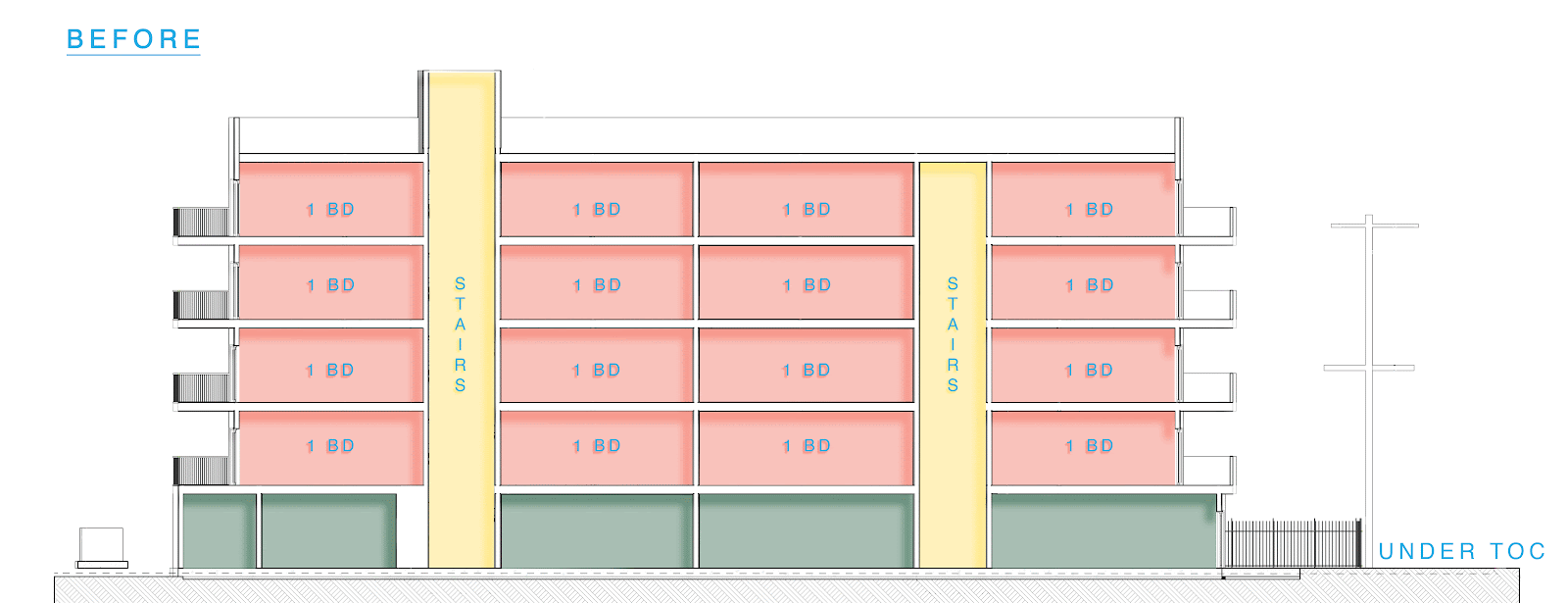CHIP vs. TOC: How LA’s New Housing Incentive Program Improves on Transit-Oriented Development
Since its introduction in 2017, the Transit Oriented Communities (TOC) Incentive Program has been one of LA’s most effective tools for encouraging multi-family housing near public transit. By offering density, height, and floor area incentives for projects that include affordable units near major transit stops, TOC helped get more mixed-income housing built in walkable, transit-rich neighborhoods. But while TOC was a critical first step, it had limitations both in terms of geographic reach and the types of sites it applied to.
Enter CHIP, LA’s new Citywide Housing Incentive Program, part of the city’s 2021–2029 Housing Element that took effect in early 2025. CHIP builds on the successes of TOC while expanding its scope significantly, both in where and how housing can be built.
Here’s a closer look at how the two programs compare:
Geography & Equity
TOC applied only to areas within a half mile of major transit stops, which left out many neighborhoods where affordable housing is also needed. CHIP addresses this by expanding incentives citywide, especially into High and Highest Resource Areas as defined by the state. Through new programs like the Affordable Housing Incentive Program (AHIP) and Mixed Income Incentive Program (MIIP), CHIP encourages housing development not just near transit, but also along Opportunity Corridors and on underutilized properties such as faith-based sites and public parking lots.
Los Angeles's housing tells the story of its past communities. Today, while LA faces a severe housing shortage, simply building more isn't enough. The city needs homes that check multiple boxes: they must be affordable to build and develop, environmentally responsible, and flexible enough to adjust to their neighborhood needs. Most importantly, they need to offer variety of sizes and price points while fitting into LA's current neighborhood lots.
Unit Yield & Site Eligibility
Under TOC, site eligibility and incentives were tied closely to transit access. While effective, this created a somewhat narrow band of opportunity. CHIP removes these limitations. Through updates to the Density Bonus Program and broader land use overlays, CHIP enables higher densities and more flexible development standards in more areas, including neighborhoods where zoning previously made it difficult to build anything but single-family homes. This ultimately means more units can be built across more of the city.
Legal Clarity & Streamlining
CHIP also brings LA’s housing code into compliance with current state law, reducing the guesswork for developers navigating conflicting local and state incentives. By creating clear standards and expanding by-right development for certain affordable projects, CHIP also streamlines approvals, saving time and cost.
Faster Approvals with CHIP’s By-Right Process
Another key advantage of CHIP is that it allows projects using both base and on-menu incentives to qualify for ministerial, or “by-right,” review—meaning they can skip a lengthy discretionary approval process. Under TOC, only base incentives qualify for by-right treatment; any additional (on-menu) incentives require a separate planning application, which can significantly delay the project timeline.
The Bottom Line
While TOC laid important groundwork, CHIP takes LA’s housing strategy further—delivering a more comprehensive, equitable, and production-focused approach. With broader applicability, better alignment with state law, and incentives tailored for both affordable and mixed-income housing, CHIP opens the door to more feasible, impactful projects throughout the city.




